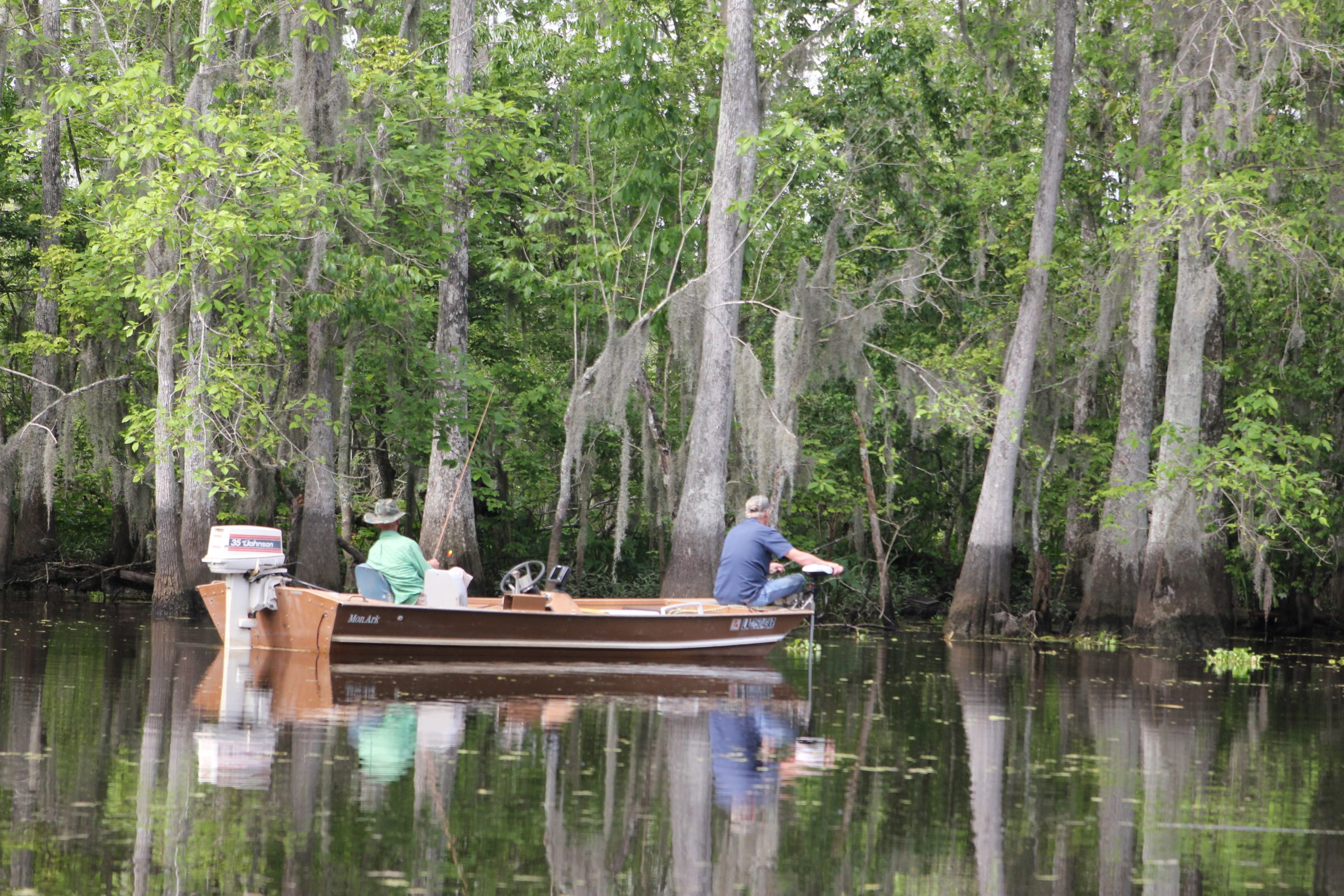"Rhythms on the River" (Morgan City)
April 16, 2010Tuesday, Apr. 20
April 20, 2010It’s something that most everyone in the Tri-parishes is aware, whether from newspapers, TV or through word of mouth. And people seem to realize its importance to the survival of the area.
But what exactly is the Morganza-to-the-Gulf project? According to Morganza project manager and T. Baker Smith employee Mitchell Marmande, the answer is simple: “It’s a risk-reduction, flood protection project to protect the citizens of Terrebonne and Lafourche parishes.”
“We’re trying to provide a reasonable level of hurricane protection to the people in the coastal areas,” Marmande said. “There are many cogs in it, and it is complicated in areas. The main goal when it’s all said and done is to provide protection to an area that’s never been protected before … An area that has experienced six storms in the last 15-20 years and has seen some major flooding events.”
In total, the project calls for 72-miles of earthen levees to wrap around Terrebonne Parish before joining with an existing levee in place in Larose.
Construction for the project has been broken up into 10 reaches, and inside each reach are subsets that virtually serve as checkpoints for those monitoring the project.
“There are a lot of pieces,” said Reggie Dupre, the executive director of the Terrebonne Levee and Conservation District. “It’s probably easier to envision this thing being done in those small segments than as a whole, because it can get a little overwhelming.”
The initial levees being built are originally set at a “plus-12” level, meaning they are 12 feet in height. But after some sinking, the final height for the man-made levees is projected to be 10 feet.
The design reaps the benefits of things already in place and the plan calls for levees to be built along the same lanes as previously-existing parish levees in the area.
That effect is something Dupre said will provide “redundant protection” in some areas. Marmande said it would also make construction more feasible.
“If there’s a road, we’re going to build along the road. If there’s a levee already in place, then we’re going to follow that structure if we can,” he said. “That’s just common sense.”
The areas being constructed first are the highest-priority flood risks.
“The way we flood is from the east to the west,” Dupre said. “We have to protect those areas most vulnerable first, because if we don’t and those areas go, then it really doesn’t matter if and when the other areas get done.”
Dupre said protecting the areas in the highest risk would help erase the scenario he fears the most – a Katrina-type storm coming to shore around Morgan City.
“That is our greatest fear,” he said. “That a Katrina comes in and then the our tax base doesn’t move back. We can not have that happen.”
One of the factors contributing to this being an urgent issue is the Mississippi River.
The river was rerouted in 1904 from Bayou Lafourche to its current path that sees it finish in Plaquemines Parish.
With the massive amount of the river’s freshwater no longer flowing through the coastal areas, saltwater from the Gulf of Mexico intruded the wetlands in the past century and eroded a lot of our wetlands away. This process eliminated a natural buffer that once protected the coastal lands from storm surges, which ultimately has made the region more vulnerable when a storm threatens the area.
A U.S. Army Corps of Engineers study said for every 2.7 miles of wetlands an area has, one foot of storm surge is absorbed.
So with little-to-no wetlands area left, the focus has to shift to building structures that a storm surge cannot overtop.
“We need tidal levees to protect us because the river levees cut off our freshwater sediments,” Dupre said.
Marmande agreed and said the project is just aimed to correct the problems levied upon the area by the river’s change in course.
“We need man-made solutions to fight what are man-made problems,” he said.
The project will protect more than 200,000 people, according to the Morganza official Web site.
And buried inside the complexities and inside of the 10 reaches is one main goal – sustaining coastal Louisiana.
“The survival of this parish,” Dupre said. “That’s what the goal is.”
An arial view of Terrebonne Parish shows the deteriation of wetlands in the area. The Morganza-to-the-Gulf project aims to protect the area from storm damage. * Photo courtesy of TLCD











